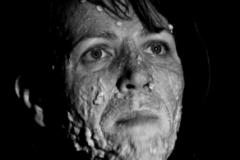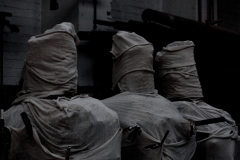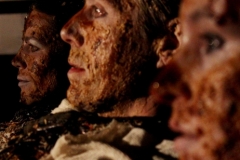This site-specific collaborative performance event is built around Play by Samuel Beckett. Site-specific performance – in the field of theatre – is designed for a specific location that is not itself designed for theatrical use. This is often where theatre meets fine art and moves into the realm of what we call installation. We could also argue of course that many of Beckett’s plays are very much at home in this realm. This is why GAITKRASH proposed the collaboration with TRACE and sculptor James McCann to The National Sculpture Factory. This unique space has offered the artists a broad range of interesting stimuli – visual, auditory, atmospheric, tactile – to work with in creating this performance installation. The invitation to our audience is to experience the entire event as a composition: from the entrance through the factory, past the sculptors’ workshops to the seating area, the sound art intro, which works with the space and its fixtures, the sculptor’s on-going engagement with the urn-sculptures, the actors’ performance of Play, the lighting, and post-performance refreshments on site.
Play, described as ‘an assault on itself, on the theatre […], drama playing against itself’, was written in 1962-63, and first produced in Ulm in Germany – as Spiel – on 14 June 1963. The first English language production was staged in London at the Old Vic, 7 April 1964, dir. George Divine, with Rosemary Harris (W1), Billie Whitelaw (W2), and Robert Stephens (M). The play reflects Beckett’s affair with Barbara Bray, with the inevitable guilt arising from the intense banalities of an emotional love triangle. According to James Knowlson, it is ‘steeped in an English “Home Counties” atmosphere, rather than an Irish one’. Its structure is musical, with a chorus for three voices, orchestration, stage directions concerning tempo, volume, and tone, and a da capo repeat of the entire action. Beckett was very concerned that the spotlight on the three faces should be from a single source; the spotlight is indeed the fourth character, an inquisitor-like entity that induces its ‘victims’ to speak when it illuminates their faces.
Contributors & Collaborators
Caleb Cooper (Spotlight)
Bernadette Cronin (W1, GAITKRASH)
Andy Crook (M, Guest Actor)
Regina Crowley (W2, GAITKRASH)
Paul Hegarty (TRACE)
Shane Hegarty (Lighting)
James Mc Cann (Sculpture/Performance Art)
Mick O’Shea (TRACE / GAITKRASH)
Phillip Zarrilli (Director, THE LLANARTH GROUP, Wales)
Acknowledgements
Our special thanks to Mary McCarthy, Dobz O’Brien, Donal, Dilworth and all the artists at the National Sculpture Factory for so generously facilitating this project, Steve Neale (Granary Theatre, UCC), Dara Collins, Ger Fitzgibbon (Drama & Theatre Studies, UCC, Franc Chamberlain (DTS), Siobhan Hopcraft-keane (DTS), and Trevor Cooper.
Reactions
The Sculpture Factory worked with GAITKRASH to realise ‘Play’… The project was very successful in that the company embraced risk and innovation and developed extraordinarily productive collaborations with visual artists and sound artists.
—Mary McCarthy, former Director of the National Sculpture Factory
Gallery

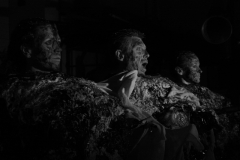
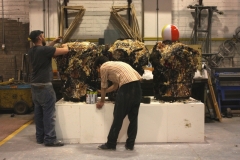
![half moon bernieDSC01629[2] half moon bernieDSC01629[2]](http://gaitkrash.com/wp-content/gallery/beckett-at-the-factory/thumbs/thumbs_half-moon-bernieDSC016292.jpg)
